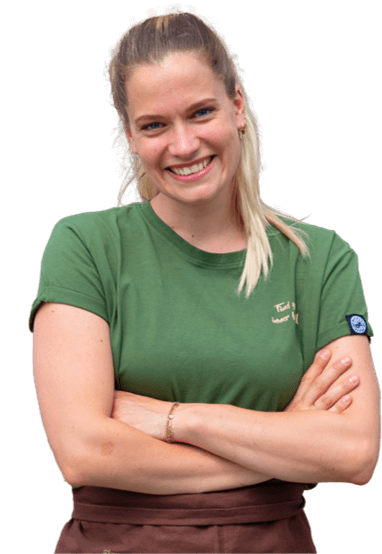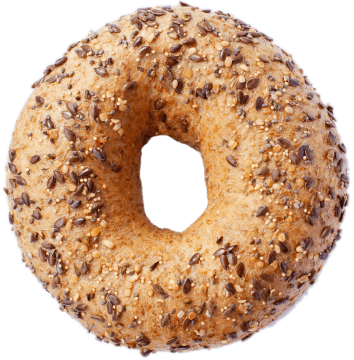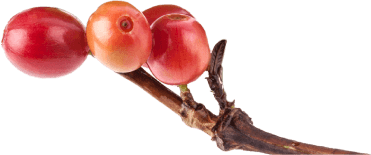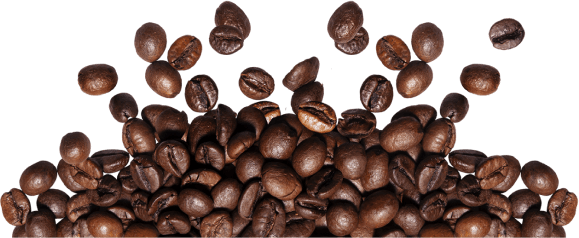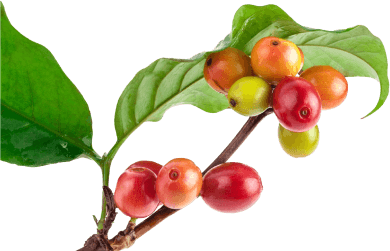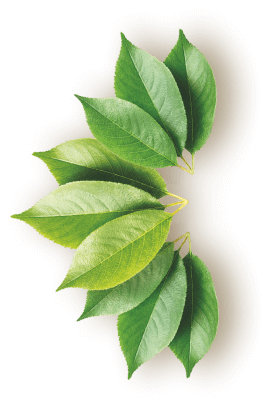Leaven and sourdough are the same thing, namely a prepared raw material added to dough. It is created from a mixture of water and wheat flour that ferments at a certain temperature after a certain time and sours the dough. Because the “sour” doesn’t sound so good, many bakers prefer to call it disembroidered bread.
About 150 years ago, people didn’t bake other than with sourdough. Later, yeast factories started cultivating the yeast cells and selling the yeast to bakers. Cultivated yeast is easier, more reliable and makes the bread fluffier, which is why Dutch bakers switched to yeast en masse. France and Germany still bake with sourdough (levain, sauerteig) or with a combination of sourdough and yeast.
In the case of sourdough bread, sourdough is used instead of yeast to make the bread rise. Yeast is usually about 2 to 5% of your flour weight, if you use desem you do 30 to 50% of your flour weight, so at 30% on 1000 gr of flour use 300 gr of desem. You can roughly double the rise times. A yeast bread with 2% yeast takes about 2.5 hours from kneading to baking to rise (pre-rise, rise, proof), a sourdough bread with 30% sourdough takes about 6 hours from kneading to baking.
So a dough with sourdough has a longer rising time and also the sourdough is slightly acidic, because of this the dough development is different which also makes the taste of a sourdough bread different.
